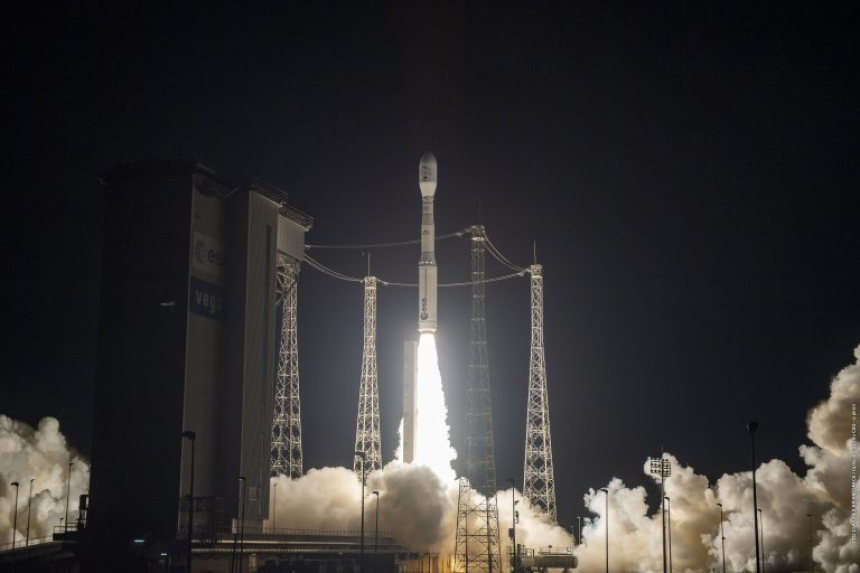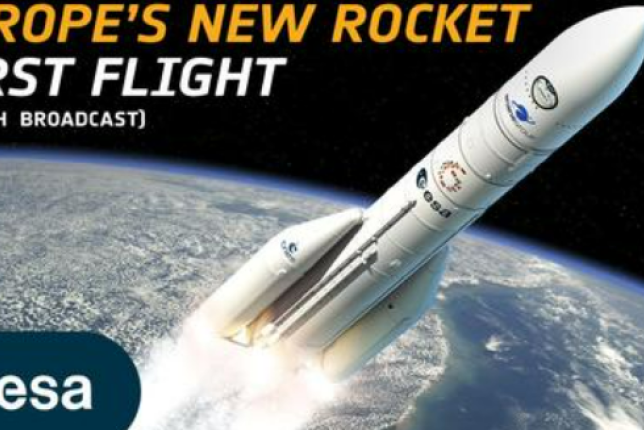Ariane 6 with climate monitoring satellite successfully launches, using fuel tank insulation developed in Latvia

Photo: Arianespace
On the evening of August 12, Europe’s newest launch vehicle, Ariane 6, lifted off for the third time from the European Spaceport in French Guiana, placing a new satellite into orbit for weather forecasting and climate monitoring. This successful launch strengthens Europe’s independent access to space.
“The success of this second commercial launch confirms Ariane 6’s performance, reliability, and precision,” emphasized ArianeGroup CEO Martin Sion in an interview with Euronews.
The satellite, developed by Airbus Defence and Space, will provide new data to the European Organisation for the Exploitation of Meteorological Satellites (EUMETSAT) member states, helping to save lives, protect property, and strengthen climate resilience.
“Extreme weather has cost Europe hundreds of billions of euros and tens of thousands of lives over the past 40 years,” noted EUMETSAT Director-General Phil Evans in an interview with Euronews.
This mission is also special for Latvia. Scientists from the Latvian State Institute of Wood Chemistry participated in the development of the Ariane 6 cryogenic tank thermal insulation. Under the leadership of Dr.sc.ing. Uģis Cābulis, our researchers developed an effective polymer production technology that ensures the rocket’s fuel tank can withstand cryo-shock conditions.
This achievement was also featured in the summer 2025 issue of the leading international industry journal Urethanes Technology International, which highlighted that it was recognized as one of Latvia’s most significant scientific achievements of 2024. Uģis Cābulis has been nominated for the European Polymer Award.
With yesterday’s launch, Ariane 6 continues its journey into space with the support of the cryogenic insulation material developed by our researchers, whose work continues in the name of both space exploration and climate crisis solutions.


